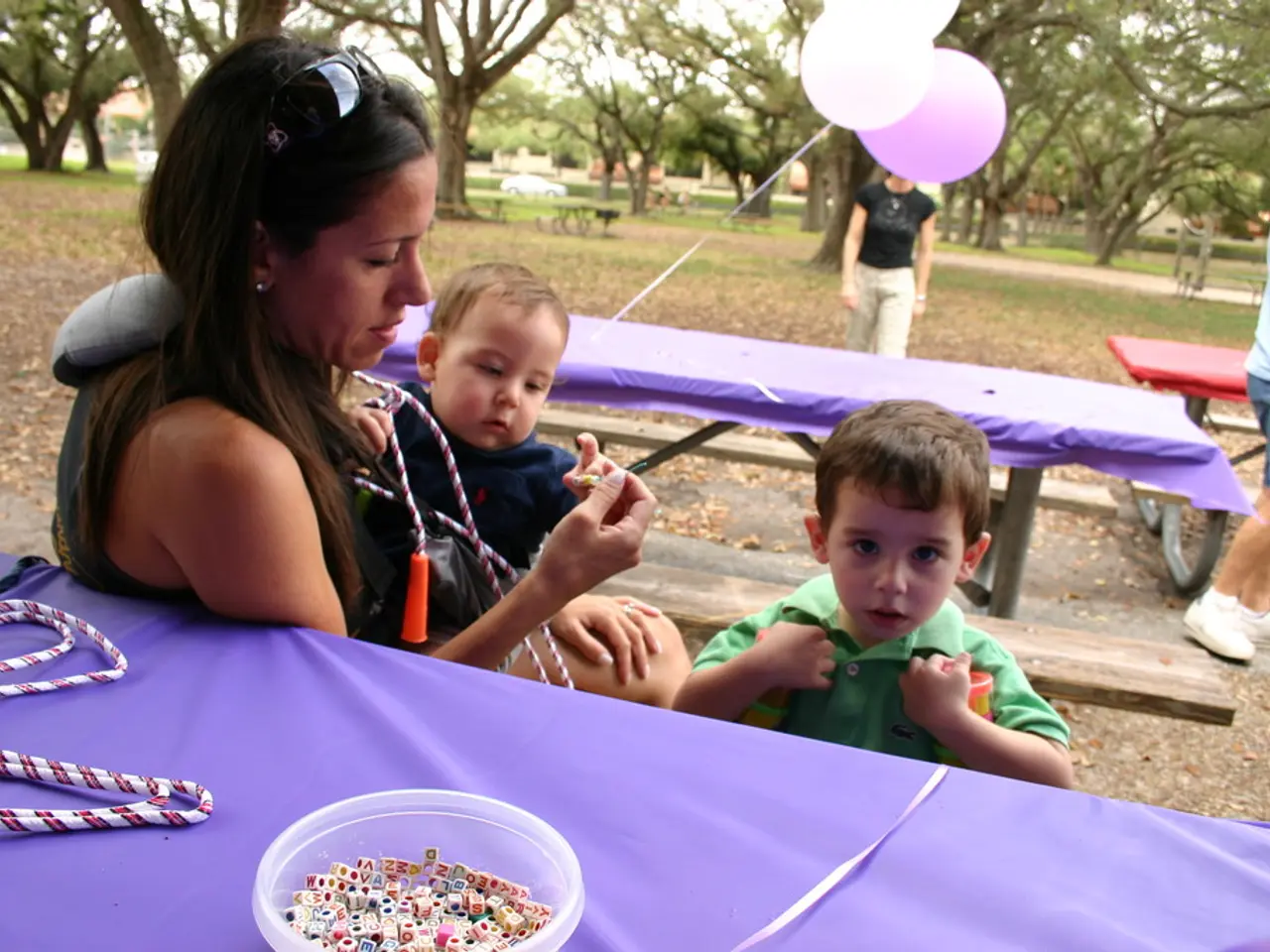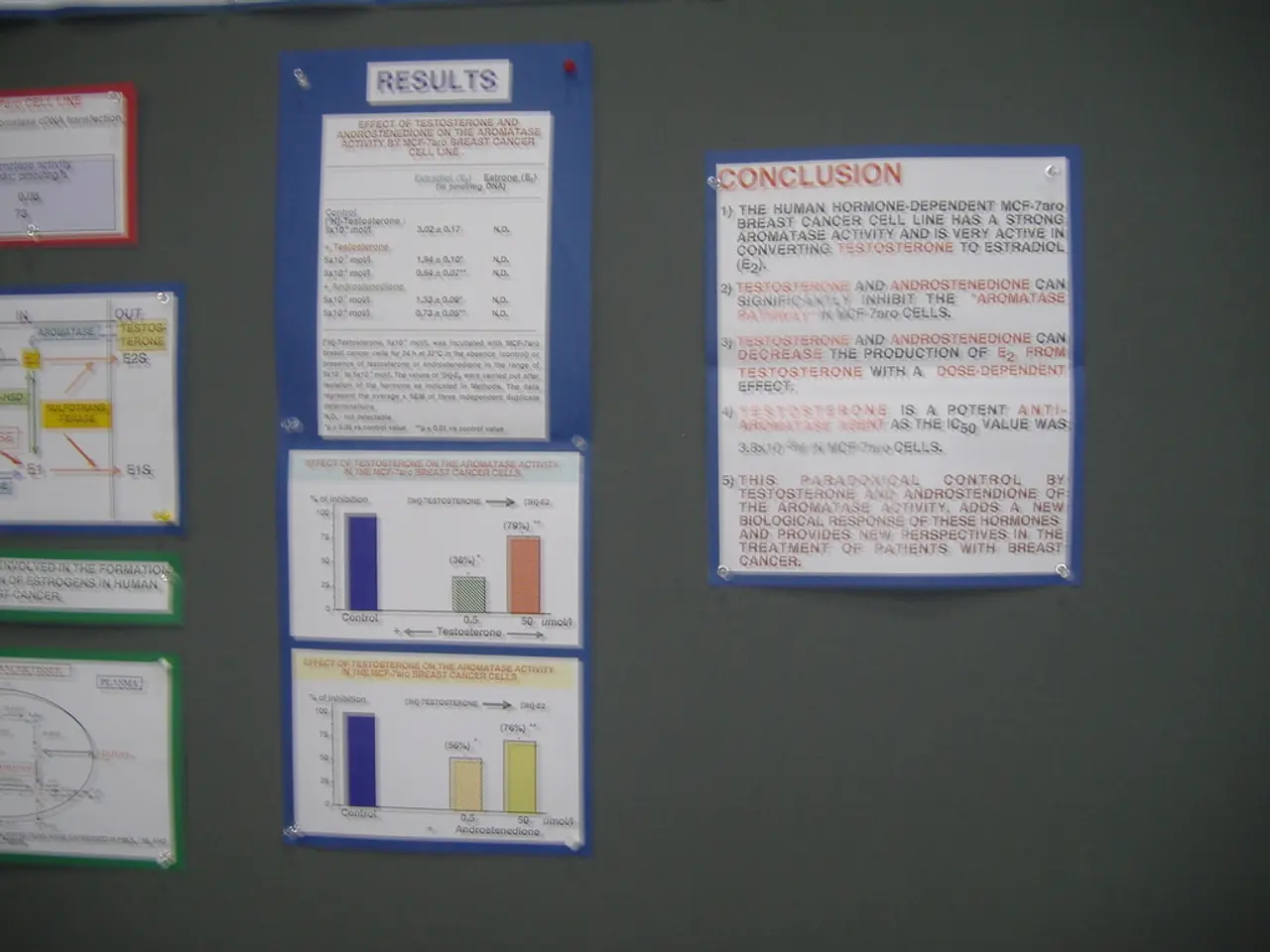Methods and Factors that Increase Twin Odds: Probabilities and Enhancing Chances
In the realm of modern medicine, the incidence of twin pregnancies has seen a significant increase, particularly in the context of fertility treatments. This article delves into the factors that contribute to this trend and the associated risks.
**How common are twin pregnancies from fertility treatments?**
Twin birth rates after fertility treatments like In-Vitro Fertilization (IVF) can reach as high as 20 to 30%, which is significantly higher than the natural twin rate of approximately 1 in 250 pregnancies. Even with Single Embryo Transfer (SET), twin births occur in about 2% of cases, primarily due to embryo splitting (monozygotic twinning).
**Factors that increase the likelihood of twin pregnancies through fertility treatments include:**
1. **Use of ovulation-inducing drugs:** Medications such as Clomiphene Citrate and Letrozole stimulate ovaries to release multiple eggs, increasing the chances of multiple fertilizations and twins. 2. **Number of embryos transferred:** Transferring more than one embryo increases the chance that both implant, leading to twins. 3. **Blastocyst-stage embryo transfer:** Embryos cultured for days 5-6 are more common in twin births and associated with higher zygotic splitting rates. 4. **Assisted hatching:** Creating a hole in the embryo coating increases the risk of embryo splitting and thus monozygotic twins. 5. **Frozen-thawed embryo transfers:** These are linked to a greater chance of embryo splitting than fresh transfers. 6. **Younger maternal age:** Younger women tend to produce more and higher-quality eggs, increasing multiple pregnancy chances when combined with fertility treatments.
Clinics often recommend Single Embryo Transfers to reduce the risk of multiple pregnancies, as they pose higher risks such as preterm birth and low birth weight.
In summary, twin pregnancies are substantially more common with fertility treatments due to ovulation stimulation, embryo transfer practices, and embryo manipulation techniques, with a twin pregnancy rate of up to 20-30% in some IVF scenarios and around 2% even with Single Embryo Transfers due to embryo splitting.
It's important to note that identical twins are the same sex and look very alike, while fraternal twins may not be the same sex. The American Society for Reproductive Medicine (ASRM) advises that younger women who are having their first fertility treatment select just one embryo for transfer to their womb.
There is no scientific evidence to support unproven claims about how to increase the likelihood of conceiving twins through diets or alternative therapies. In the U.S., Hispanic women are less likely to have twins than non-Hispanic white women or black women. Women who have a family history of twins have a slightly higher chance of having twins, especially if the family history is on the mother's side.
In the United States, fertility treatments account for more than half of twin pregnancies. As the success of fertility treatment is improving, there is often less need to transfer more than one embryo, reducing the likelihood of a multiple pregnancy. Healthcare professionals may place more than one embryo into a woman's womb during IVF to increase the chances of a successful pregnancy, which can result in twins.
According to the American Society for Reproductive Medicine (ASRM), twin births have nearly doubled over the last 40 years. This trend, while exciting, highlights the importance of responsible embryo transfer practices to mitigate the associated risks.
- The increased incidence of twin pregnancies from fertility treatments like IVF is a topic of significant interest in the realm of modern medicine and health-and-wellness.
- The occurrence of twin births after fertility treatments can reach 20 to 30%, which is significantly higher than the natural twin rate.
- Even with Single Embryo Transfer (SET), approximately 2% of cases still result in twin births due to embryo splitting (monozygotic twinning).
- Factors that contribute to an increased likelihood of twin pregnancies through fertility treatments include the use of ovulation-inducing drugs.
- Medications such as Clomiphene Citrate and Letrozole stimulate ovaries to release multiple eggs, increasing the chances of multiple fertilizations and twins.
- Transferring more than one embryo also increases the chance that both implant, leading to twins.
- Blastocyst-stage embryo transfer is more common in twin births and associated with higher zygotic splitting rates.
- Assisted hatching creates a hole in the embryo coating, increasing the risk of embryo splitting and thus monozygotic twins.
- Frozen-thawed embryo transfers are linked to a greater chance of embryo splitting than fresh transfers.
- Younger maternal age increases the chances of multiple pregnancies when combined with fertility treatments as younger women tend to produce more and higher-quality eggs.
- Science has not provided evidence to support claims about diets or alternative therapies to increase the likelihood of conceiving twins.
- In the US, Hispanic women are less likely to have twins than non-Hispanic white women or black women.
- Women who have a family history of twins have a slightly higher chance of having twins, especially if the family history is on the mother's side.
- Fertility treatments account for more than half of twin pregnancies in the US, and the improving success of fertility treatment reduces the need to transfer more than one embryo.
- According to the American Society for Reproductive Medicine (ASRM), responsible embryo transfer practices are essential to mitigate the associated risks, as twin births have nearly doubled over the last 40 years.




